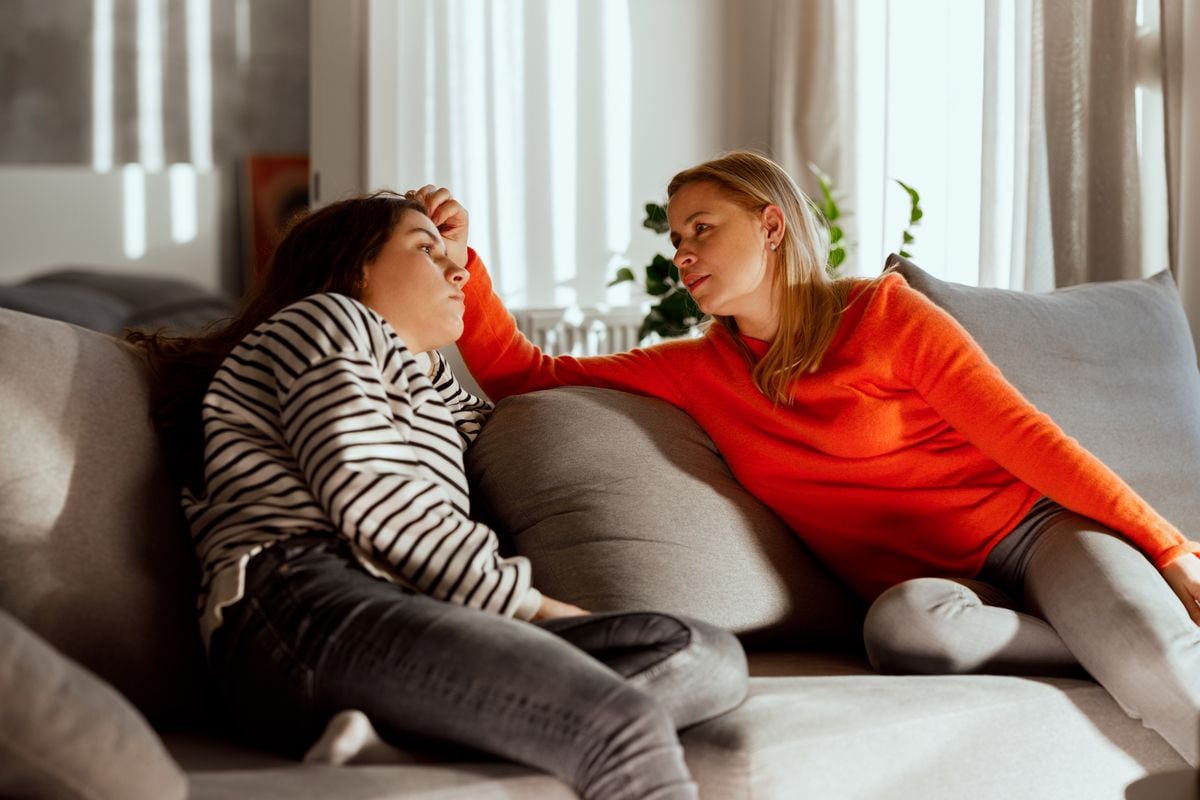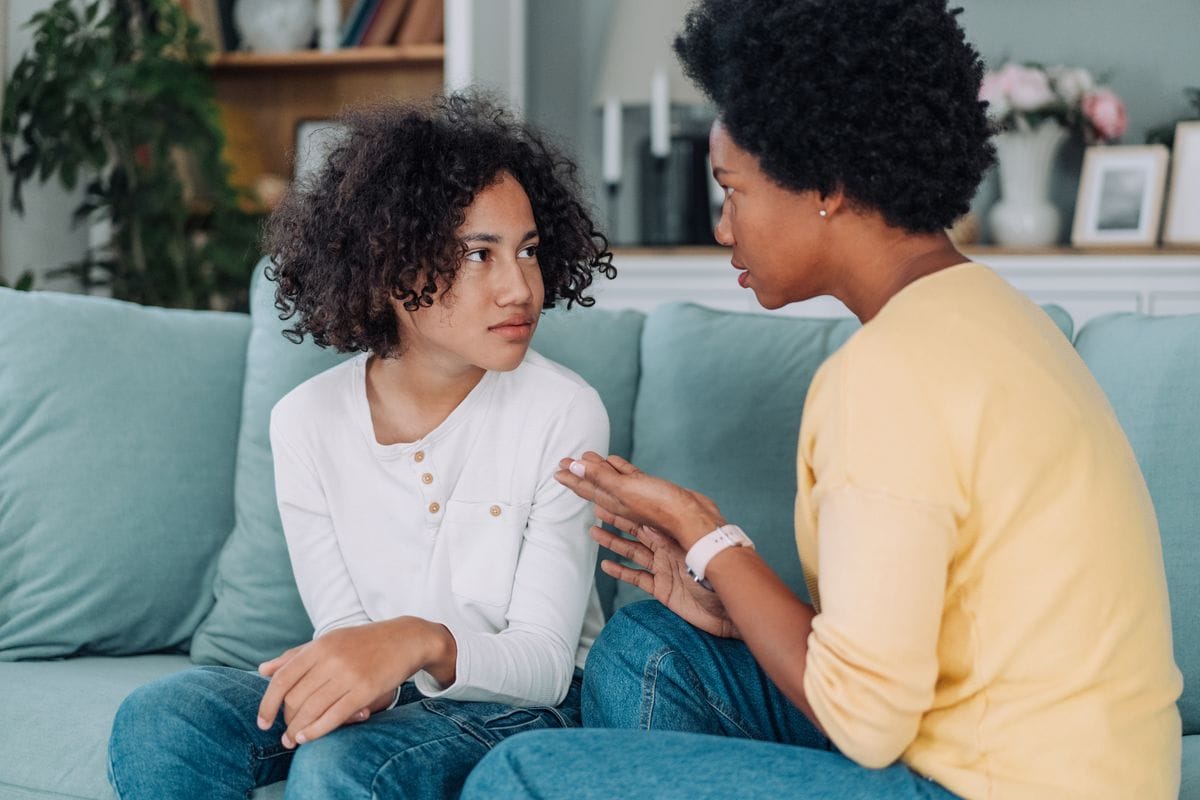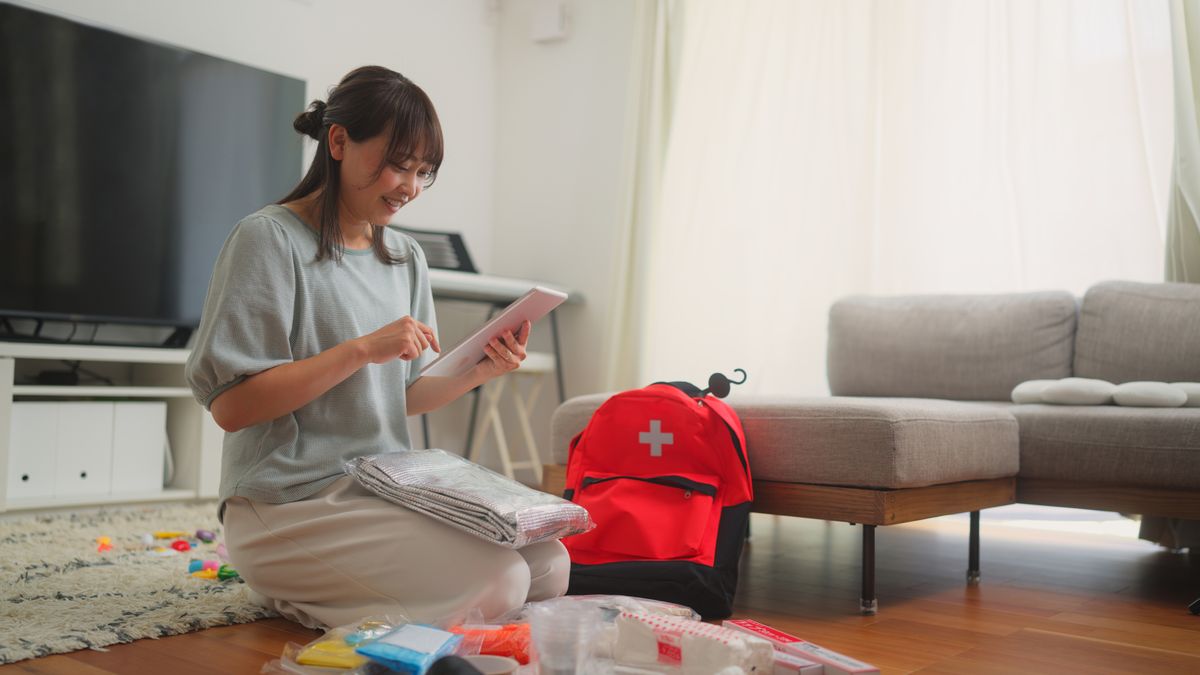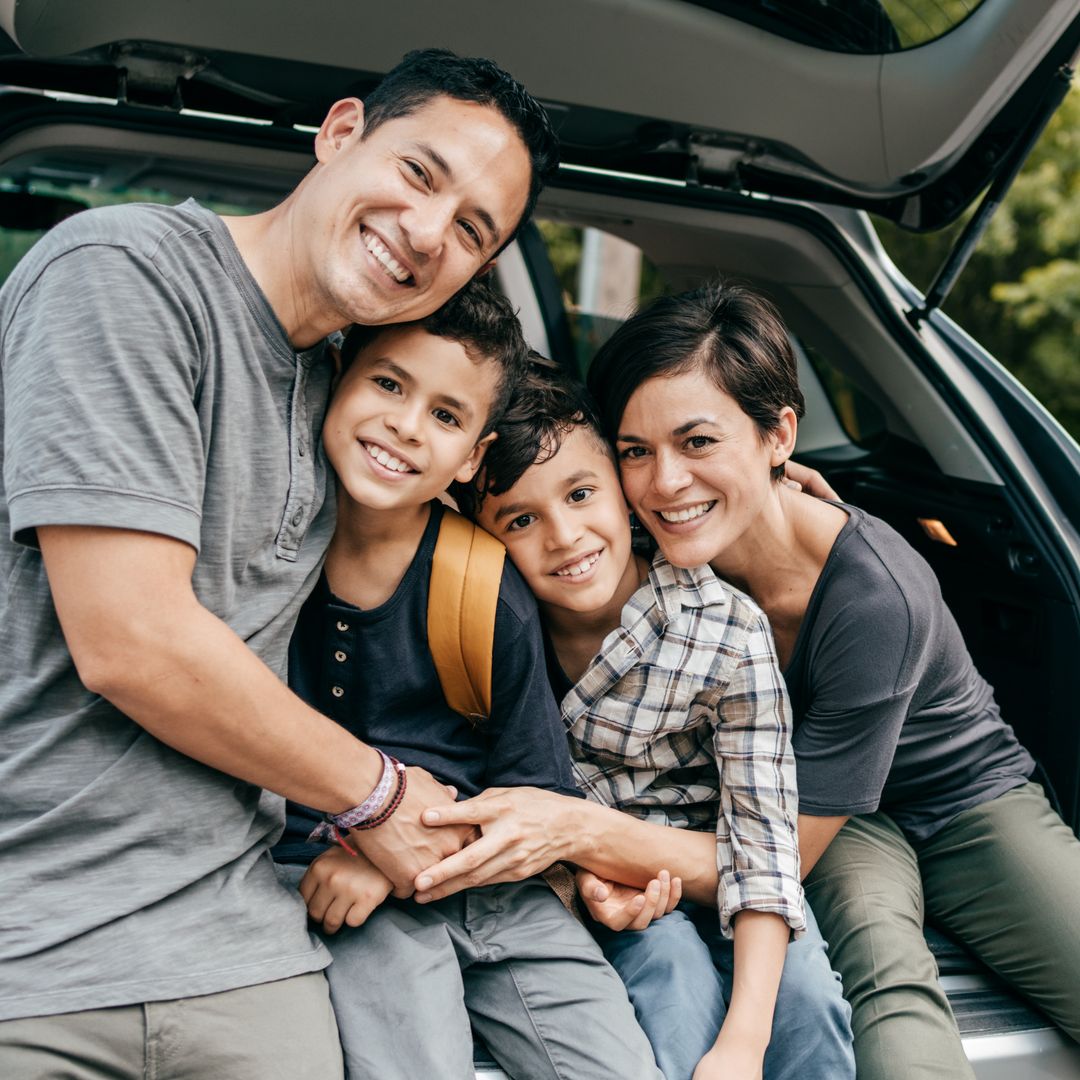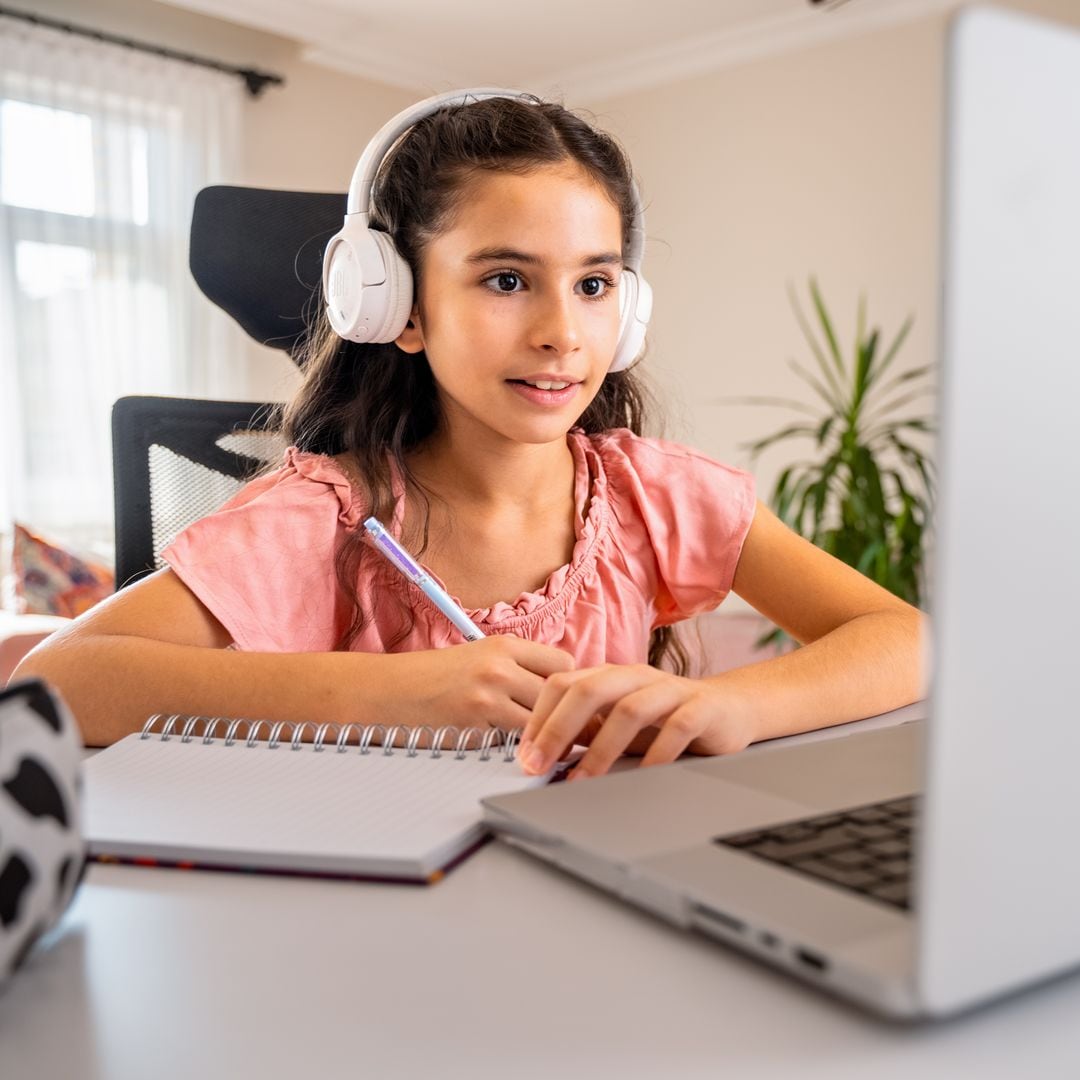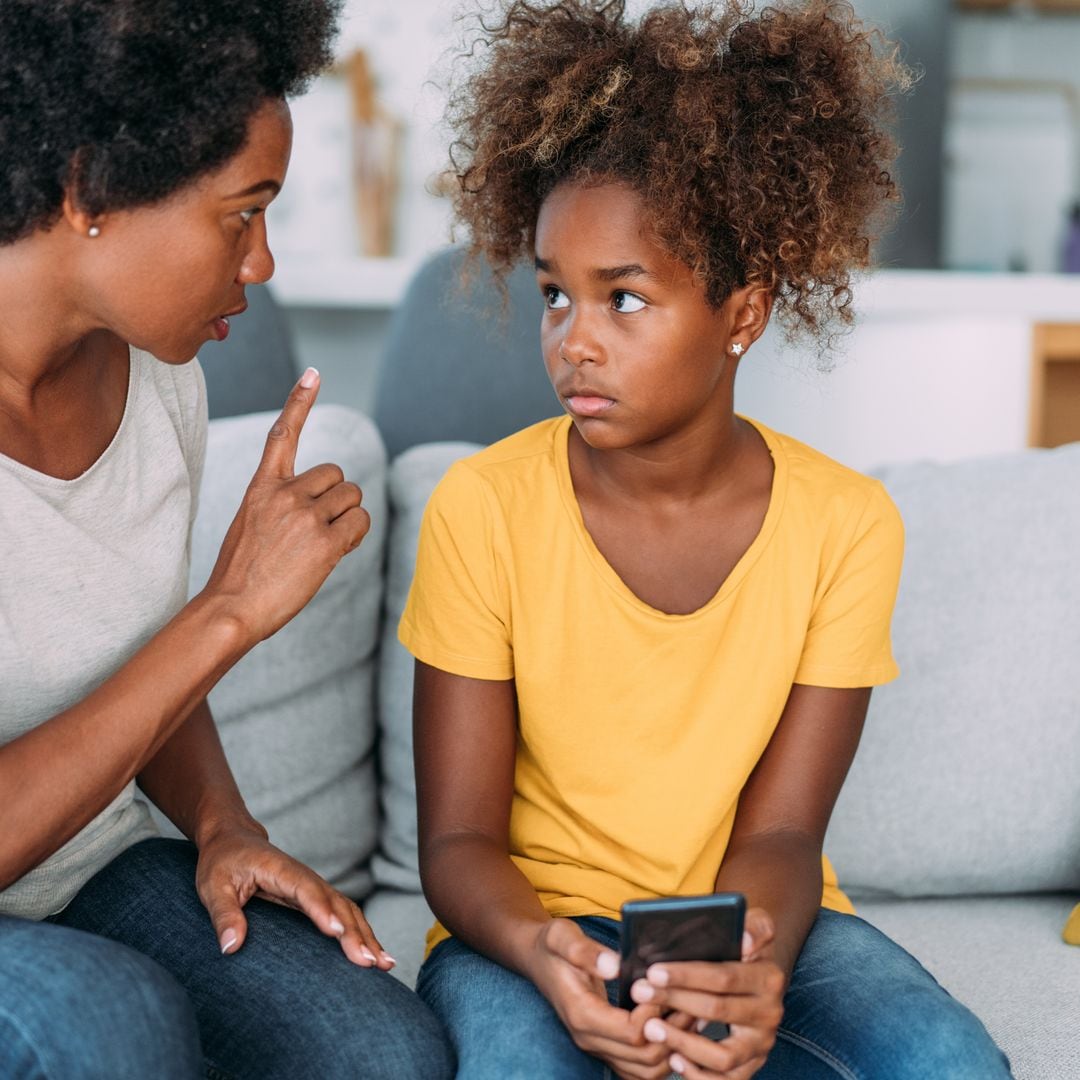Natural disasters, whether a hurricane brewing offshore or floods rushing down the street, like the deadly flooding in the Texas Hill Country, can be confusing and frightening for kids. And when they hear about these events at school, see them on TV, or watch adults stress-scroll social media, the fear can quickly become overwhelming.
So, how do you talk to your kids about natural disasters in a way that feels informative, honest, and calming? We break it down with age-based strategies, communication tips, and expert insight from Dana Colthart, Psychotherapist and Owner of Clear Light Therapy in Englewood, NJ, and Keesha Scott, Parenting Advocate, Teen Coach, and Co-Founder of GRN Recovery.
Start With a Question, Not a Lecture
Before launching into your explanation, ask your child what they already know. This will help correct misinformation and tailor the conversation to their emotional and developmental level.
Try asking: "What have you heard about the flooding?" or "Did your friends talk about the storm in school?" You'll get valuable insight into their feelings and uncover hidden fears.
Use Honest, Simple Language
Dana Colthart told HOLA!: "Use simple and honest language such as, 'There are times it rains so much it causes the water to get really high and it can even get into homes. It's grown-ups' job to prepare for this and have plans to keep everyone safe.'"
Emphasize that adults are in charge of safety. Reinforcing this helps your child feel secure, even when the topic is heavy.
Keep It Age-Appropriate
Colthart notes that the younger the child, the simpler and straightforward the explanation should be. However, teens can have more context.
"Honesty doesn't have to equal fear. Kids — especially teens — often sense when something is wrong, and what scares them most is being left in the dark. Keep your tone calm and confident. Avoid graphic details, but don't sugarcoat either. Clarity helps ease anxiety," says Scott.
Watch for Signs of Emotional Struggle
Natural disasters, even if they don't directly affect your family, can be traumatic for kids. Keep an eye on sudden changes in behavior, eating, sleep, mood, or school performance. These are often silent signals that your child is overwhelmed.
"Watch for changes in behavior, like withdrawal, irritability, clinginess, sleep issues, or physical complaints like stomachaches. Teens, especially may become more argumentative, shut down emotionally, or lose interest in things they normally enjoy," Scott says. "If their reactions seem out of proportion or continue for more than a couple weeks, that's a good time to bring in extra support, even just starting with a trusted adult, coach, or counselor to talk to."
Limit Their Media Exposure
This one's tough in a screen-saturated world, but necessary. "I would limit news and social media exposure for children, especially about natural disasters," says Colthart. Instead, watch short, child-friendly explainer videos together or share updates calmly in your own words.
"For teens, you won't be able to block everything, so instead focus on building media literacy. Encourage them to take breaks, talk about what they're seeing, and remind them that not everything online is accurate or helpful," Scott says. Don't let them spiral on their own through scary news clips or Twitter threads.
Focus on Safety and Preparedness
Knowing there's a plan can make a child feel powerful, not powerless. Colthart recommends involving kids in preparedness. "You can pack safety bags and other preparation for emergencies or show them where they will stay and the evacuation route."
Let them pick a flashlight for your emergency kit or help choose snacks for the go-bag. The small tasks give them a sense of control. Scott says, "Older kids and teens might help check in on neighbors, gather supplies, or volunteer in community efforts. Feeling part of the solution helps reduce helplessness and builds resilience."
Keep Routines and Model Calm
Even after the storm has passed, emotional recovery continues. "Model healthy coping and take care of your own emotional well-being," says Colthart. "Keep a consistent routine for kids even if you're moving around a lot. Routine helps children feel safe."
So, whether you're staying with relatives or navigating post-disaster recovery, try to stick to bedtime routines, regular meals, and little rituals that feel "normal."
Make Space for Ongoing Talks
Don't treat this like a one-and-done conversation. Kids might ask new questions days or weeks later, or struggle silently. Keep the door open. "Normalize emotions and check in regularly, not just with 'Are you okay?' but with specific, open-ended questions like 'What's been on your mind lately?' or 'Have you had any dreams or worries about the storm?' Create a safe space for ongoing conversation. And don't be afraid to reach out for professional help if needed, healing is not a one-and-done process," Keesha Scott told HOLA!
The bottom line is that kids don't need you to have all the answers. They need your presence, honesty, and calm. Talking about natural disasters is about giving fear less power. With simple explanations, steady routines, and practical steps, you'll help them build emotional resilience and trust that they're not alone.

